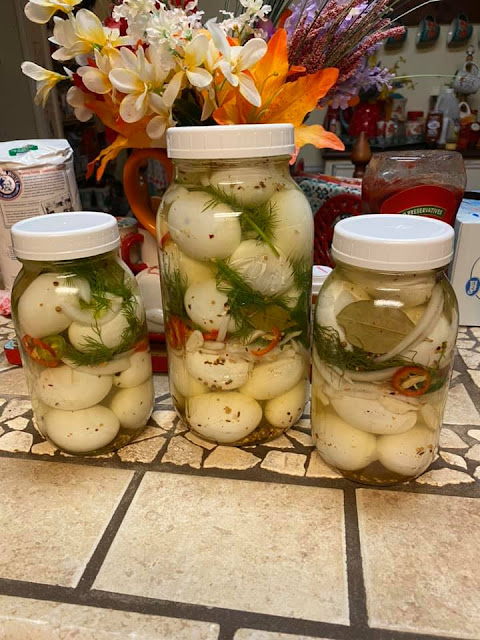Alaskan Wilderness Delights: Savor the Flavor of Homemade Moose Stew
Living in Alaska offers unique opportunities for acquiring organic, additive-free meat through the roadkill retrieval program.
Moose, with their substantial size and plentiful meat, provide an abundance of lean, low-cholesterol protein. In this article, we'll explore a delicious and practical way to utilize a portion of this precious bounty by sharing a mouthwatering moose stew recipe. With simple ingredients and the convenience of canning, you can enjoy the flavors of Alaska's wilderness for months to come. Join us as we dive into the process of creating this hearty and satisfying stew that celebrates the natural resources of the Last Frontier.
Recipe: Alaskan Moose Stew
Ingredients:
- - 1 teaspoon salt
- - 2 teaspoons Lipton onion soup mix
- - 1/4 jar cubed potatoes (peeled)
- - 1/4 jar cubed carrots
- - 1/4 jar chopped onions
- - 1/4 jar moose meat (cubed)
- - Water (to 1-inch headroom)
Instructions:
1. Prepare your canning jars by washing them in hot, soapy water and sterilizing them in boiling water or using a dishwasher cycle.
2. In each sterilized jar, add 1 teaspoon of salt and 2 teaspoons of Lipton onion soup mix.
3. Layer the cubed potatoes, carrots, onions, and moose meat into the jars, filling them about 3/4 full.
4. Pour water into each jar, leaving a 1-inch headroom at the top. Be careful to remove any air bubbles by gently running a long wooden or bamboo skewer down the sides of the jar.
5. Wipe the jar rims clean to ensure a proper seal.
6. Place the lids and rings on the jars, ensuring they are tightly secured.
7. Prepare your pressure cooker according to the manufacturer's instructions.
8. Place the filled jars into the pressure cooker, making sure they are properly spaced and not touching each other.
9. Close the pressure cooker securely and set the pressure to 10 or 11 pounds.
10. Cook the jars under pressure for 90 minutes, maintaining a steady pressure throughout the cooking time.
11. After the cooking time has elapsed, carefully remove the jars from the pressure cooker and place them on a heat-resistant surface to cool.
12. Allow the jars to cool completely before checking the seals. The lids should be concave and not move when pressed in the center. Any jars with unsealed lids should be refrigerated and consumed promptly.
13. Label and store the sealed jars in a cool, dark place for future enjoyment.
Serving Suggestions:
- Heat a jar of Moose Stew on the stovetop or in a microwave-safe dish for a quick and satisfying meal.
- Serve the stew over a bed of fluffy rice or with a side of crusty bread for a hearty dinner.
- Customize the flavors by adding herbs and spices of your choice, such as thyme, rosemary, or bay leaves.
- Share the bounty by gifting jars of Moose Stew to friends and family, allowing them to experience the taste of Alaskan wilderness.
Utilizing the resources provided by Alaska's roadkill retrieval program not only offers a sustainable and organic source of meat but also provides the opportunity to savor the flavors of the wild.
This Alaskan Moose Stew recipe allows you to preserve the essence of the moose in a convenient and delicious manner. With its savory combination of meat, potatoes, carrots, and onions, this stew is a comforting reminder of the natural abundance that Alaska has to offer. So, gather your canning supplies and embark on a culinary journey that celebrates the spirit of the Last Frontier, one jar of Moose Stew at a time.



















Comments